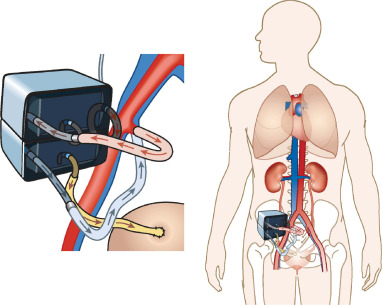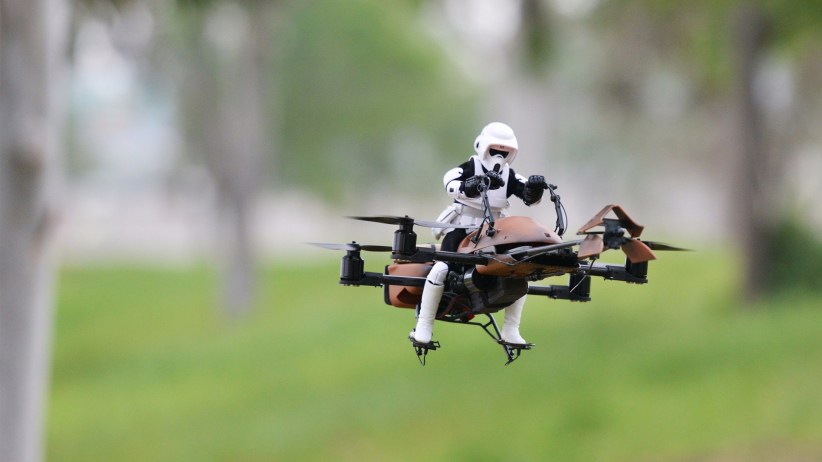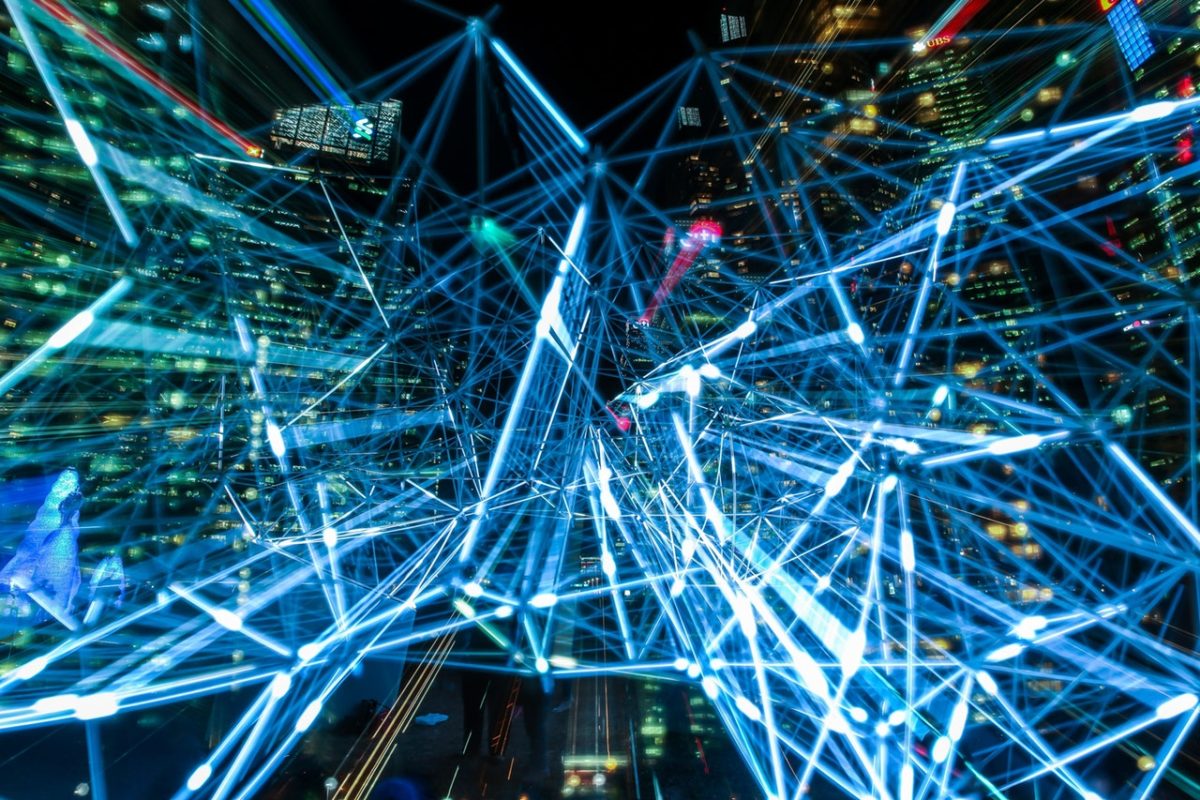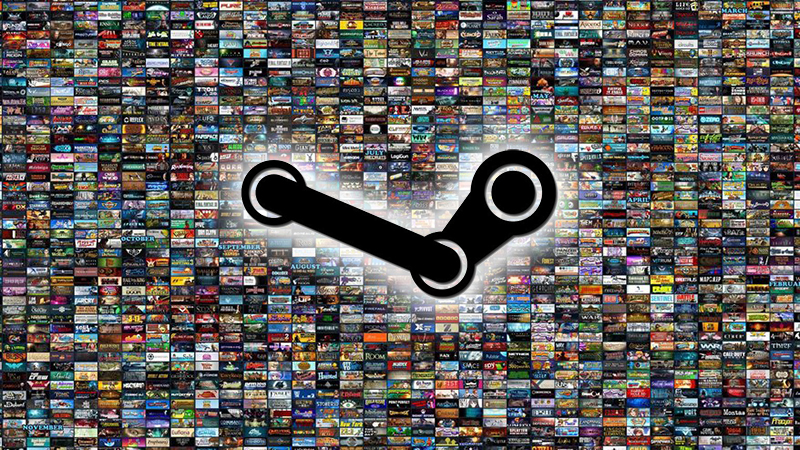When we think about AI and future job security, we firstly think about the automation of jobs by artificial intelligence.
There has been survey asking about 30 researchers, most of whom have PhDs in various disciplines including artificial intelligence, computer science, robotics, and linguistics, about what they believed would be the risks of AI in 20 years and 100 years. Mostly of them believe that the biggest risk of AI would be to the economy through automation.

But there are three factors ensuring the job security;
Factor 1: Context;
Most people believe that machines will take over mostly blue-collar jobs, such as in factories and manufacturing. While machines can improve some efficiencies, some tasks will require more context than machinery can handle.
If it is possible for someone to do a job in isolation without having to take into account any outside factors, influences, or situation, then job security in the face of AI is not assured.
If the context requires that there is need of human interaction, then job security might be of some assurance.
Factor 2: Coordination;
Coordination is primarily about managing people. It could be a small team of auditors doing an audit at a client or it could be a whole team of engineers scatters around the world. In either case, the human element is the most important and confounding in effective coordination. AI cannot understand the human element. AI can surely help with coordination, but it is a human coordinator that is able to factor in the human element and make a final decision.
Factor 3: Connection;
In a similar way, connection is important in ensuring job security in many sectors. It does not necessarily involve connecting with people in order to manage them, but jobs that require some type of human connection are probably going to be safe from human obsolescence.
AI can replace a lot of jobs but the jobs where the human factor is essential will stay.
Jobs that machines can do better will replace humans. But these 3 factors will help you to determine if your job is at risk. The most vulnerable occupations are those that deal with numbers and data. Occupations that require human interaction at high level will not be in danger.
Do you also agree with these factors?
Or are the more factors to consider before thinking if AI can take it over a job?

Three Factors for Job Security in the Age of Artificial Intelligence








